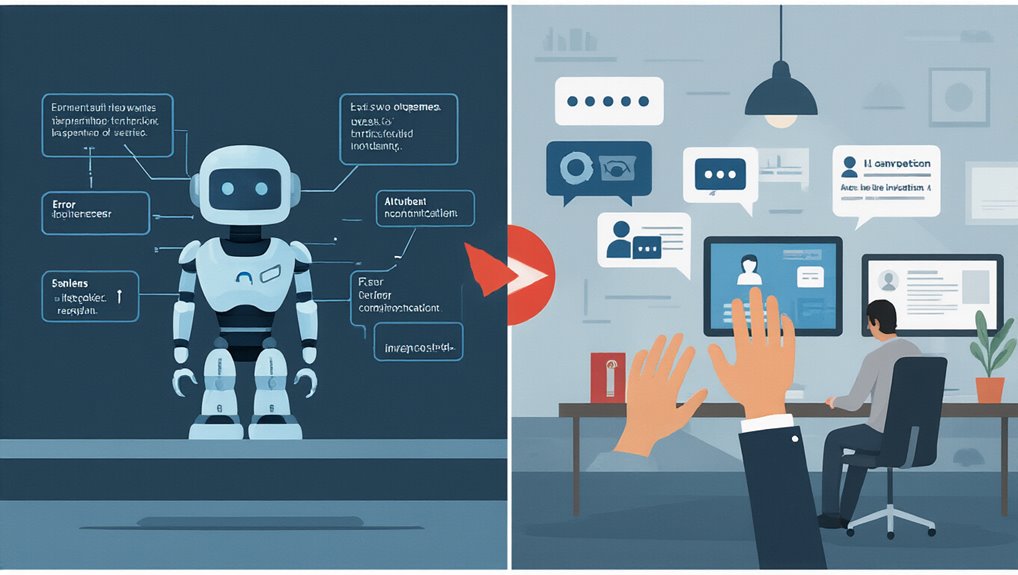When organizations migrate to ServiceNow from legacy IT service management systems, they face a critical decision about what to do with historical ticket data. This decision impacts operational efficiency, compliance requirements, and resource allocation during the migration process. Organizations typically choose between migrating all tickets or selecting only active or recently closed ones.
The migration strategy should align with business needs and regulatory requirements. Companies often establish a cutoff date, after which the legacy system becomes read-only. This approach allows teams to:
- Complete work on existing tickets in the legacy system
- Prevent new ticket creation in the old platform
- Focus migration efforts on relevant data only
Data selection criteria play an essential role in this decision. Primary ticket information—including descriptions, categories, and resolutions—takes priority during migration. However, certain elements like email logs, attachments, and detailed ticket histories often remain in the legacy system due to migration tool limitations and data volume concerns.
Technical limitations further influence the decision. ServiceNow migration tools cannot transfer all data types, particularly inline images, CC recipients, and certain custom fields. Updated timestamps may not be preserved, and automation settings require manual recreation in the new environment. Creating a comprehensive migration plan in advance helps identify these limitations and establish strategies to address them before beginning the transfer process.
For tickets that remain in the legacy system, organizations typically implement an archiving strategy. This involves:
- Setting a firm ticket closure date
- Allowing a final resolution period (usually two weeks)
- Converting the legacy system to read-only status
- Maintaining the archived system for audit and compliance purposes
The post-migration phase requires careful attention to integration reconfiguration and customization testing. Organizations should validate data integrity, workflow functionality, and user access before finalizing the migration. Typical transitions to new systems like ServiceNow require 4-6 months depending on the organization’s size and IT complexity.
A phased approach offers the best results, starting with core configurations before moving to incidents and service requests. This methodical strategy ensures business continuity while providing clear access to historical data when needed—whether migrated to ServiceNow or preserved in the legacy system. Experts recommend starting with data migration before setting up integrations to establish a solid foundation for the new ServiceNow environment.









